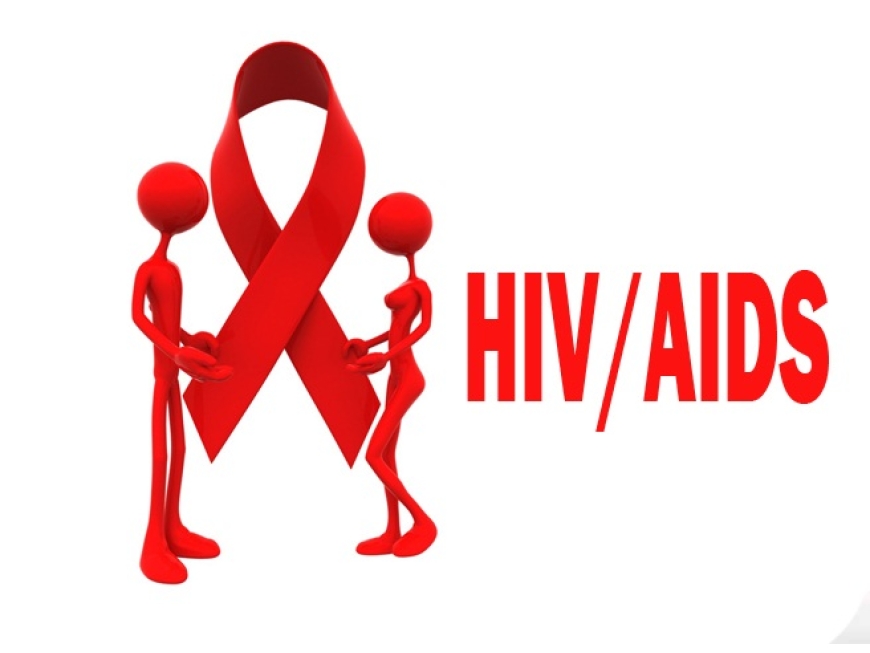
Is It Possible to Cure HIV/AIDS?
Introduction:
Since the emergence of the HIV/AIDS epidemic, significant progress has been made in the treatment and management of the disease. Antiretroviral therapy (ART) has transformed HIV/AIDS from a terminal illness to a chronic condition for many people. However, the quest for a definitive cure for HIV/AIDS remains ongoing. In this article, we explore the question: Is it possible to cure HIV/AIDS?
Understanding HIV/AIDS:
Human Immunodeficiency Virus (HIV) is a retrovirus that attacks the immune system, specifically targeting CD4 T cells. Acquired Immunodeficiency Syndrome (AIDS) is the most advanced stage of HIV infection, characterized by a severely weakened immune system. While ART can effectively suppress the virus, preventing progression to AIDS and reducing the risk of transmission, it does not eliminate HIV from the body.
Challenges to a Cure:
Several factors make finding a cure for HIV/AIDS a complex challenge. Firstly, HIV has a high mutation rate, leading to genetic diversity and the ability to develop drug resistance. This variability makes it difficult to design a single treatment that can target all strains of the virus effectively. Additionally, HIV can establish reservoirs within the body where the virus remains dormant and out of reach of antiretroviral drugs.
Current Approaches:
Despite these obstacles, scientists and researchers are actively exploring various approaches in the pursuit of an HIV/AIDS cure. Some of the ongoing research includes:
1. Gene Therapy: Scientists are investigating ways to modify the genetic material of immune cells to make them resistant to HIV infection. This approach aims to create a permanent immune defense against the virus.
2. Latency Reversal: Latent HIV reservoirs are a major obstacle to a cure. Researchers are studying methods to reactivate the dormant virus, making it susceptible to the body's immune response or targeted therapies.
3. Immune-Based Therapies: Boosting the immune system's ability to control HIV is an area of active investigation. Strategies such as therapeutic vaccines and immune checkpoint inhibitors are being explored to enhance immune responses against the virus.
4. Stem Cell Transplantation: The case of the "Berlin Patient" showcased the potential of stem cell transplantation from donors with a rare genetic mutation that confers resistance to HIV. Although this approach is complex, risky, and not widely applicable, it provides valuable insights for future research.
Conclusion:
While a cure for HIV/AIDS remains elusive, remarkable progress has been made in managing the disease and improving the quality of life for those living with HIV. The development of antiretroviral therapy has revolutionized treatment, significantly reducing mortality rates and transmission risks. However, the complexity of HIV as a virus presents significant challenges in achieving a complete cure.
Nevertheless, the dedication of scientists and ongoing research offer hope for the future. By exploring innovative approaches, such as gene therapy, latency reversal, immune-based therapies, and stem cell transplantation, we are moving closer to the possibility of a cure. It is crucial to continue supporting and investing in scientific advancements, while also focusing on prevention, education, and expanding access to treatment, to ultimately overcome the global HIV/AIDS epidemic.







-100x125.jpeg)
-100x125.jpeg)
-100x125.jpeg)

-100x125.jpeg)
-100x125.jpeg)
-100x125.jpeg)
Write a comment